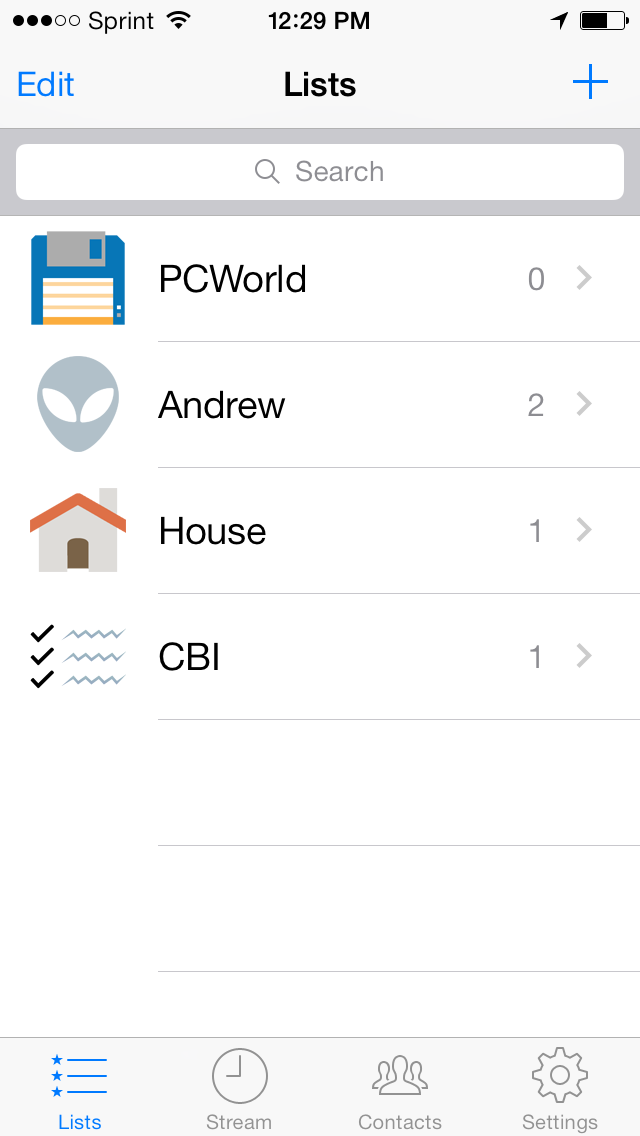

Instead of time-consuming and error-prone repetitive tasks, you automate them with your Work OS.Momentum is announcing today that the extension now supports Microsoft To Do in its list of app integrations. Instead of switching between tools, all your data lives in your Work OS. Instead of neverending email threads, you communicate in context on your Work OS.
Wunderlist extension update#
Instead of meetings to update where everything stands, you click a button on your Work OS.
Wunderlist extension manual#
The Work OS provides teams with a set of building blocks, which they can drag and drop to create applications that: capture and process data, automate manual grunt work, connect between tools to bridge data silos, and analyze important insights, at a glance. It’s the foundation upon which any team can create their own custom application to suit their exact needs, allowing them to manage every workflow, project, or process–simply and code-free. This creates what we call a “whitespace”, consisting of ill-managed or unmanaged work. Spreadsheets fill the gaps in between our specialized tools.īecause the tools we are using can’t manage every process we need them to, and long meetings and email chains are slowing us down. Rather than writing and receiving letters, we’re writing and receiving hundreds of emails daily. Work discussions have moved to chat and messaging apps. takes it a step further - enabling you to manage and automate tasks based on prioritization, repetition and more. Powerful integrations with tools like Google Calendar, automations, different view options like Gantt charts and calendar view, as well as customizable workflows mean the platform can handle nearly any task, project, or team you throw at it.ĭifference #2: as a task tracking tool, Wunderlist enabled you to add subtasks with reminders and automate recurring tasks.Īnd, while these are important requirements for a task manager, Wunderlist wasn’t the only task manager to implement these features. , alternatively, can do a lot more than just task management. However, if your team is working on a more complex project, it may have not fit all your robust project management needs. For teams trying to finish a specific job, Wunderlist was a solid option. The main difference between and Wunderlist is probably the fact that is still accessible, while Wunderlist has unfortunately been shut down.īut let’s pretend Wunderlist was still a viable option, and compare the two at face value.ĭifference #1: Wunderlist was built around task management, and pretty much only task management. What are the differences between and Wunderlist? Wunderlist also offered integrations with other apps, and the Add to Wunderlist browser extension also helped it stand out from other similar productivity apps. Prioritized and sorted: everyone knows that lists can get messy, but this list app allowed you to prioritize tasks using tags that you could then sort and filter quickly and easily.

Saved time with shortcuts: Wunderlist let you focus on your work and saved you time by letting you use a number of keyboard shortcuts.Assigned tasks as they are created: Wunderlist let you use to assign tasks to other Wunderlist users.Wunderlist had a host of solid task-oriented features: In December of 2019, they announced a shutdown date of May 6, 2020, after which the application would stop working. In 2015, Wunderlist was acquired by Microsoft. At the time, it was quite innovative and worked across a variety of devices. Wunderlist was initially established in 2011 as a cloud-based task management mobile app. The history of Wunderlist (and what it offered)


 0 kommentar(er)
0 kommentar(er)
